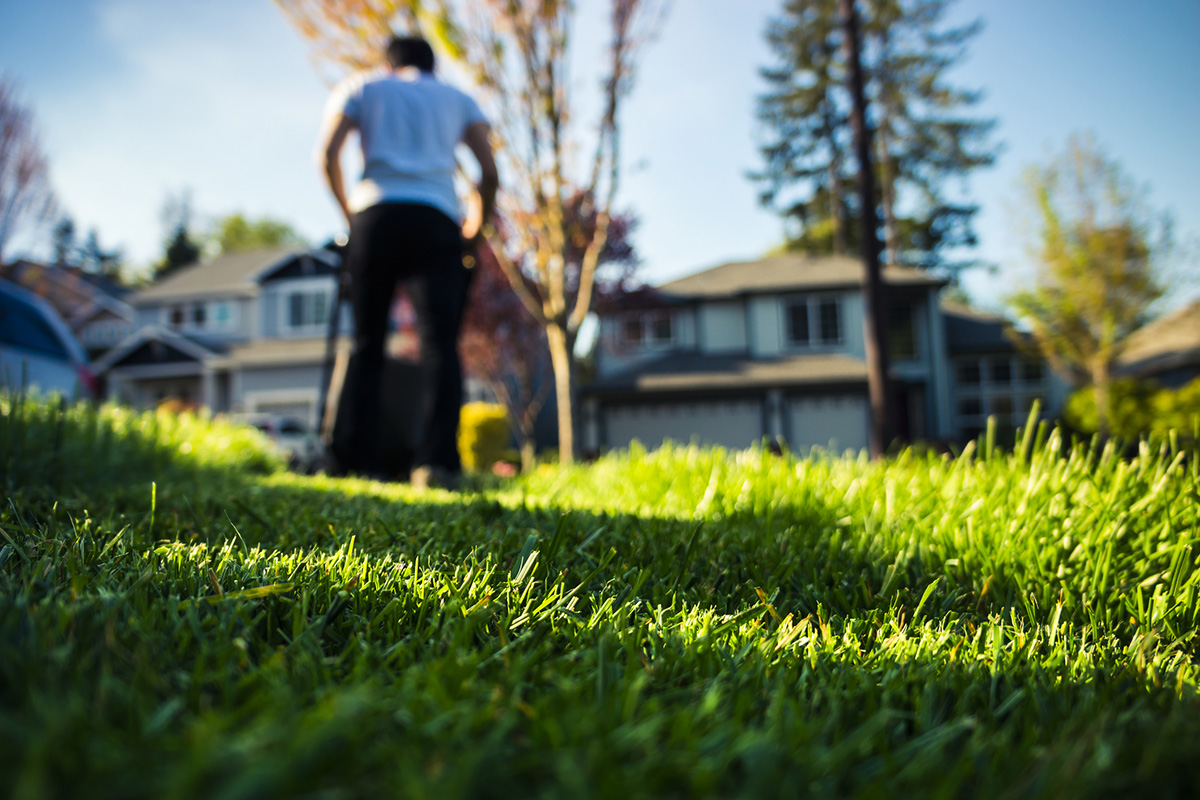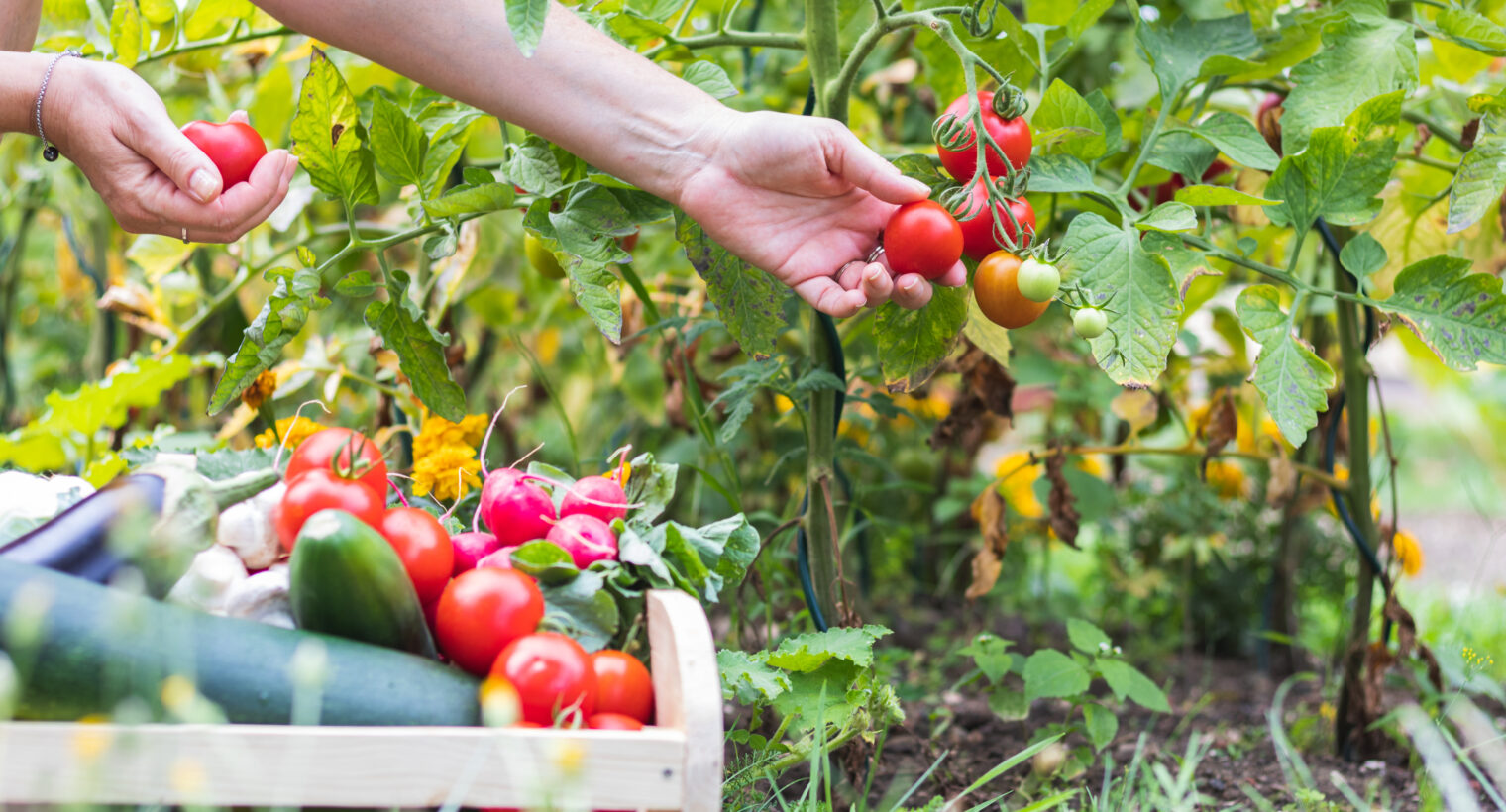By Sally Cunningham
_________________________________
Once the soil is warm—any week now—it will be time to plant the warm-season crops. These are the vegetables that barely survive and often get growth defects when they are planted too soon in the spring. Notice the real soil temperatures, shown below, that are needed for success with beans, vine crops, and nightshades (tomatoes, peppers, and eggplants). Even in milder springs than this one, these are best planted in late May or June. Let the soil be your guide.
Warm season: Tomatoes Eggplants Peppers Cucumbers Squash Pumpkins Beans
_________________________________
In Tomatoes: Queen of the Vegetable Garden
Tomatoes are America’s royalty in the garden—the most requested and purchased food plant in the farmer’s market and the garden center.
☼ When to plant: Tomatoes must have warm soil to grow in, or they will develop several kinds of birth defects. Soil must be at least 55 degrees F., and night temperatures not lower than that. (One clue is to feel whether the soil is warm or cold to your touch.) In WNY it’s usually time to buy 6 or 8-inch seedlings in late May and plant around June 1st, with an eye out for one last frosty night. (Cover with sheets in that case.) If you are the rare individual who has started tomato seedlings indoors, keep them warm and brightly lighted until planting time and harden them off gradually before their move outdoors.
☼ Site and needs: Tomatoes require the most sun you can give them, and will need ample water during dry periods. Soil should be well-drained and rich, with lots of compost or aged manure mixed in, and average pH (6 to 7.0), Provide even amounts of water, that reaches the roots, especially during the blossoming period. Otherwise defects such as blossom-end rot will appear later in summer. Read labels and give each type its space; plant herbs and flowers among them.
☼ How to plant: Most veggie seedlings are planted at the same level that they are in their pots (roots straight down). You can give tomatoes a great advantage with the Lay Down Sideways trick: That is, pluck the lower leaves off the seedling—say, the bottom third. (Be sure that several leaves remain at the top.) Make a 2-inch trench in the soil, and lay the plant in it horizontally. Cover the whole stem with soil, letting the leafy portion poke upward. Everywhere you plucked a leaf, a rootlet will grow. The plant will soon right itself and become a bigger, fuller tomato plant with many more roots than its modest beginning. The other advantage is that the roots will be growing in the warmest part of the soil. If you put a cage around the future plant, be sure it encloses the spot where the original roots are growing.
☼ Which tomatoes?: How much room do you have? Some mild-mannered little tomato seedlings become 8-foot giants, so read the labels. A key question: Is it a determinate or indeterminate type? (A label may show: DET or INDET, or you may need to judge by the size description.) Determinate tomatoes are usually the bush type, with limited size. Indeterminates, including many cherry and grape tomatoes, can get huge, in which case you need to plan ahead for strong cages or stakes. If you are guessing how many plants to grow, your choice of varieties may change things, but a standard guess is: Two or three plants per person in a tomato-eating family, and more if you make sauce or salsa. Choose some that are fast growers (See Days to Harvest) and others such as Beefsteaks for later maturity. Enjoy!
_________________________________
Eggplants and peppers
These other nightshade family plants are also killed by frost, require equally mild night temperatures, and soil that is preferably at least 60 degrees. They need the same growing conditions and soil as tomatoes. New gardeners may do best with Hungarian or other small peppers. Bell peppers require a longer growing period, especially if you want them to turn red.
_________________________________
Vine crops
Cucumbers, squashes, pumpkins, and melons need very warm soil and nights that remain above 60 degrees. They also require full sun, rich soil, and more than 1.5 inches of water per week. (Melons require a long, hot season: possibly difficult in WNY>) Vine crop hints:
☼ Seeds: These plants grow easily from seed. With a late start you may prefer seedlings.
☼ Hilling: It doesn’t necessarily mean a mound, but rather planting a few vine plants in a circle and later choosing the best two or three, helpin them grow outward.
☼ Spacing: Correct spacing is crucial. Rambling winter squashes or pumpkins may need 6 or more feet of space per plant, while a zucchini or summer squash may grow just 2 or 3 feet tall and wide. You can plant other veggies and flowers among rambling vines, but be aware that they are strong-willed bullies. I like to cover the bare soil around squash plants with black plastic (and put leaves, straw, or unfinished compost tucked under it). The plants like the heat, stay clean, and weeds are squelched.
☼ Supports: Cucumbers or smaller squash plants like to climb up trellises or over tunnels (made of chicken wire perhaps). Plant salad greens in their shade.
☼Pollination: These plants require pollinators. Plant flowers throughout your garden, and avoid pesticides.
Beans: If you grew peas, they bolt in the heat, so then plant beans in their place (soil at least 65 degrees). Wherever legumes have grown, leave their roots behind in the soil, to add nitrogen. Notice: bush beans or climbing beans? Full sun required.
Peas and salad greens: Most grow best in cool spring or fall. In summer put lettuces etc. in partial shade or under a screen.
_________________________________
To Know More: Great Garden Companions, by S. Cunningham is about organic vegetable gardening; now published by Penguin Books/Barnes&Noble, available at Amazon and area book stores. (70,000 copies sold in the U.S.!)
_________________________________


